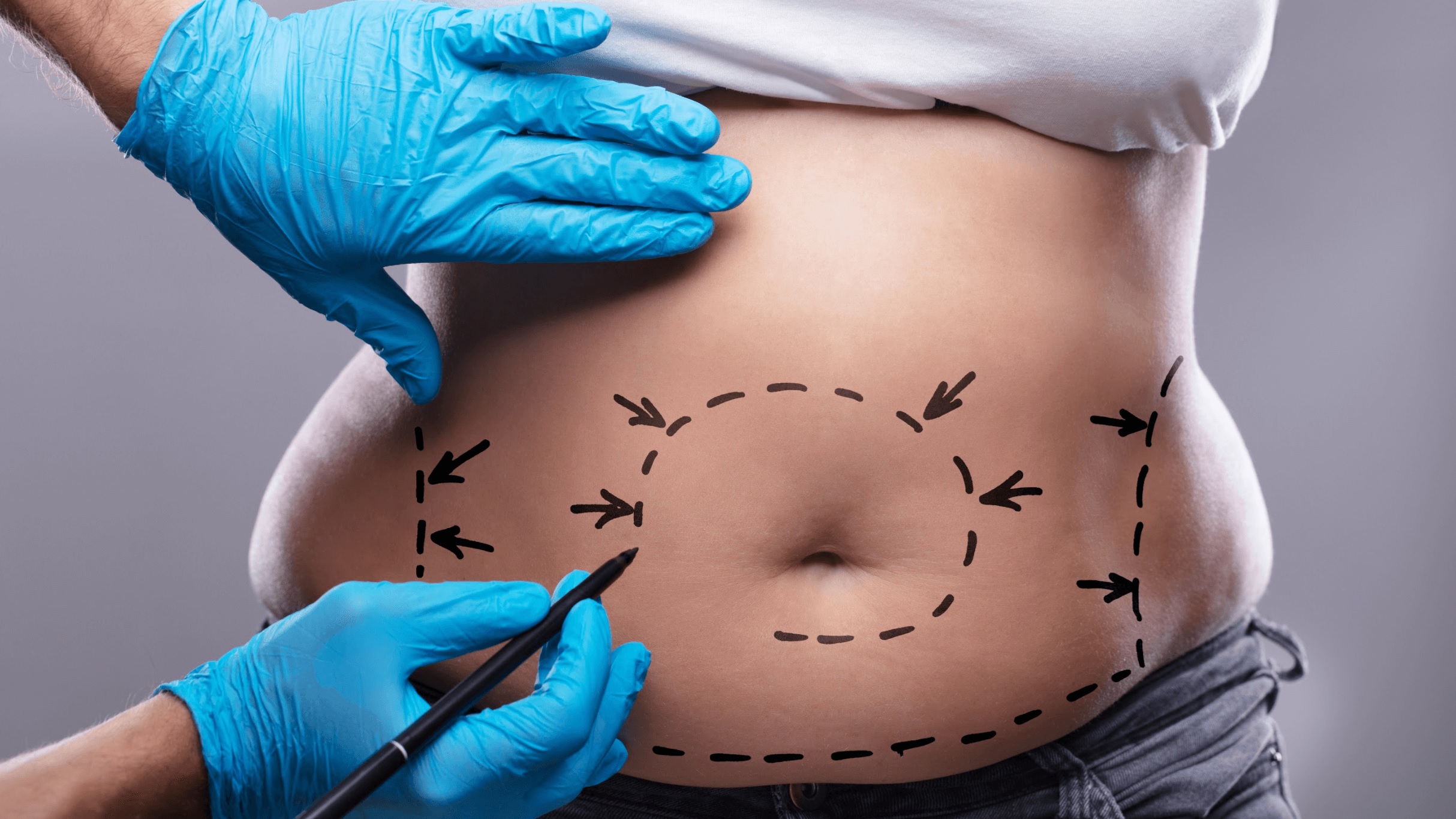Healthremedy123.com – Surgical treatment for weight loss is a treatment option for those who are overweight. There are several different. They include the Gastric Bypass, Sleeve Gastrectomy, and Biliopancreatic Diversion. These surgeries are often used in conjunction with other diet and exercise programs.
The Surgeon Cuts A Part Of The Stomach And Makes A Small Pouch
During gastric bypass surgery, a surgeon cuts part of the stomach and creates a small pouch. This pouch holds less food than a normal-sized stomach. This reduces the number of calories the body absorbs, which leads to weight loss. This surgery can also prevent heartburn and improve the symptoms of sleep apnea. This surgery can also help people with type 2 diabetes. The procedure is designed to decrease the number of hunger hormones in the small intestine. This helps the body absorb nutrients and improves blood sugar control.
The procedure can help people lose up to 100 pounds of excess weight. However, the surgery has several risks. If you’re considering gastric bypass, talk to your doctor about your risks. Also, make sure you follow post-surgery instructions. Failure to do so can lead to complications. You’ll be on a liquid diet for a few days. Then, you’ll move to a soft diet. You may also need to take dietary supplements. After two weeks, you’ll be able to eat solid foods.

Having a sleeve gastrectomy can help people lose weight, improve their health and improve their quality of life. However, it is not for everyone. You may need to follow certain guidelines before you can have the surgery. Gastric sleeve surgery is a type of bariatric surgery that is minimally invasive. The procedure is done laparoscopically, which means that the surgeon makes small incisions in the abdomen. This means that recovery is faster and the procedure is less invasive.
Causing the Stomach to Become Smaller and Easy to Feel Full
In a sleeve gastrectomy, the surgeon removes a portion of the stomach. This reduces the level of ghrelin, a hormone that is associated with hunger. This decreases hunger, reduces cravings and decreases the amount of food that a person eats. It also causes the stomach to become smaller, making it easier for a person to feel full. People who have a sleeve gastrectomy have to make sure that they get enough vitamins and calcium. They should take a multivitamin two times a day and a calcium supplement once a day. They may also have to take a monthly B-12 shot.
Depending on the type of biliopancreatic diversion you choose, you can expect to lose up to 73% of your excess weight after just two years. However, there are many variables that can affect your weight loss after the procedure. You’ll need to make some lifestyle changes to continue to lose weight and maintain a healthy diet. Biliopancreatic diversion is a type of weight reduction surgery that changes the way the digestive system works. The procedure involves removing part of the stomach and rerouting the small intestine. This results in less food being absorbed into the body, and more energy being needed to break it down. The end result is a reduction in the amount of food that is digested, and the patient will lose weight.

Other types of weight reduction surgery include gastric bypass and sleeve gastrectomy. The benefits of these procedures include higher remission rates for type 2 diabetes, and positive outcomes on hyperlipidemia, hypertension, and weight control. PRIMARY OBESE SURGERY ENDOLUMENA (POSE) is a relatively new weight loss technique. It is designed to make the stomach smaller, thus reducing the feeling of hunger. The procedure is performed through the mouth and uses an incisionless operating platform. It can reduce weight by up to 25 to 70 pounds.
The Endoscope is a Thin Flexible Tube that Holds the Stomach Together
Endoscopic surgery is less painful than conventional weight loss surgery. It can be performed at private clinics and hospitals. Usually, it takes 30 minutes to perform the procedure. The procedure is minimally invasive, so patients can recover quickly.
A team of healthcare professionals may be involved in the procedure, including a dietician, a hormone specialist, and a surgeon. They will discuss your specific needs and how the surgery may help you. They may also perform some investigations, such as tests of your heart and lungs.

A doctor will need to obtain a separate consent form from you. You will be sedated during the procedure and may feel very light. The surgeon will then pass an endoscope through your stomach. The endoscope is a thin, flexible tube that can gather your stomach into a few folds. The surgeon will then secure the folds with special expandable suture anchors.
Reference:


